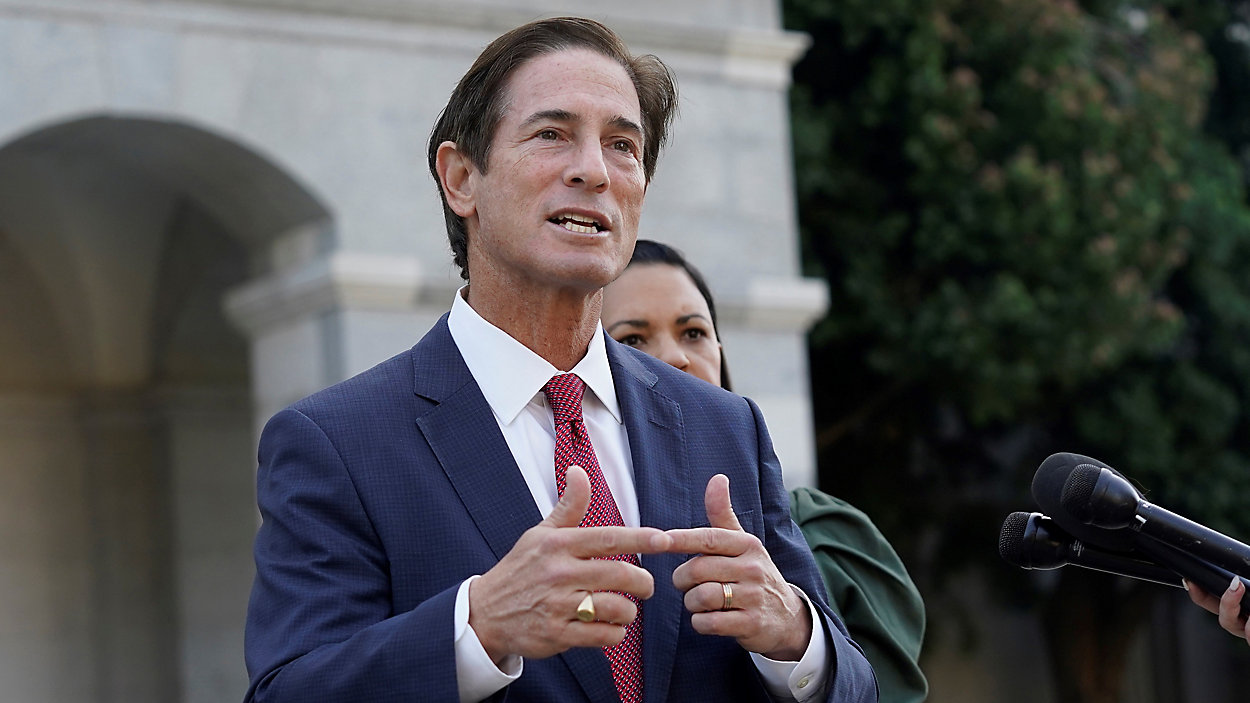Digital assets have become a significant part of modern life, from emails and photos to important documents and subscriptions. Yet, many people overlook these assets when creating an estate plan. Failing to plan ahead for your online accounts can leave your loved ones without access to critical information or create unnecessary complications. For those with a Google account, the platform offers robust tools to ensure that your account is managed according to your wishes, even after you’re gone. At Wilson & Wilson, we recognize the growing importance of securing your digital assets when creating an estate plan. Below, we explore how to incorporate your Google account into your estate plan and why it’s a key step in safeguarding your digital legacy.
Why You Should Incorporate Digital Assets into Your Estate Plan
Your Google account often serves as a central hub for your online activities, storing emails, photos, calendars and personal files through services like Gmail, Google Drive and Google Photos. It may also be tied to subscriptions, business accounts or even financial records. Without clear instructions on managing this account, your loved ones may face legal and logistical challenges after your passing. Including your Google account in your estate plan not only provides seamless access for those you trust but also prevents the loss of important digital assets.
Google’s Tools for Managing Your Account
Fortunately, Google provides a feature called Inactive Account Manager, which allows you to control how your account is handled if it becomes inactive for a specified period. This tool empowers you to safeguard your digital assets by granting access to trusted contacts or ensuring the account is deleted if you choose. Setting this up as part of your estate plan is straightforward and ensures your preferences are followed.
Step-by-Step Guide to Securing Your Google Account
Access Your Account Settings: Start by signing into your Google account. Navigate to myaccount.google.com and click on the Privacy & Personalization tab from the menu.
Set Up the Inactive Account Manager: Scroll down to find the Make a Plan for Your Digital Legacy option and click it. This will take you to the setup process for Google’s Inactive Account Manager feature.
Define Your Account’s Inactivity Period: Specify how much time should pass before Google considers your account inactive. Options range from three months to 18 months.
Verify Contact Details: Enter a phone number and email address where Google can send reminders and notifications about your account’s inactivity status.
Assign Trusted Contacts: Add email addresses for up to 10 individuals who will have access to your account after it becomes inactive. Be sure to include your estate’s executor or anyone specified in your will.
Select Data Sharing Preferences: Choose which parts of your account, such as Gmail, photos or documents, your trusted contacts will be able to access.
Set an Auto-Reply for Emails (Optional): Create an automatic response to notify individuals who email you after your account becomes inactive.
Decide on Account Deletion: If you prefer, you can instruct Google to delete your account permanently after it becomes inactive.
Review and Confirm Your Plan: Carefully check all your entries and settings before clicking “Confirm Plan” to finalize the process.
By completing these steps, you’ll ensure your Google account is managed seamlessly according to your wishes, removing ambiguity and potential stress for your loved ones.
Securing Digital Assets as a Core Component of Estate Planning
Managing digital assets like your Google account is no longer optional in today’s interconnected world; it’s an integral part of comprehensive estate planning. Whether it’s granting access to important files or ensuring unused accounts are deleted, taking these steps gives you control over your digital legacy and protects your loved ones. Without these measures, valuable information could become inaccessible or fall into the wrong hands.
Plan Today for Peace of Mind Tomorrow
At Wilson & Wilson Estate Planning and Elder Law, we understand the complexities of modern estate planning, including the management of digital assets. Taking the time to organize your Google account is a proactive way to address digital assets when preparing for the future. If you are ready to build a detailed estate plan, contact us now. Our knowledgeable team is here to provide personalized solutions, helping you form a strategy that safeguards all aspects of your legacy, both online and offline.



























